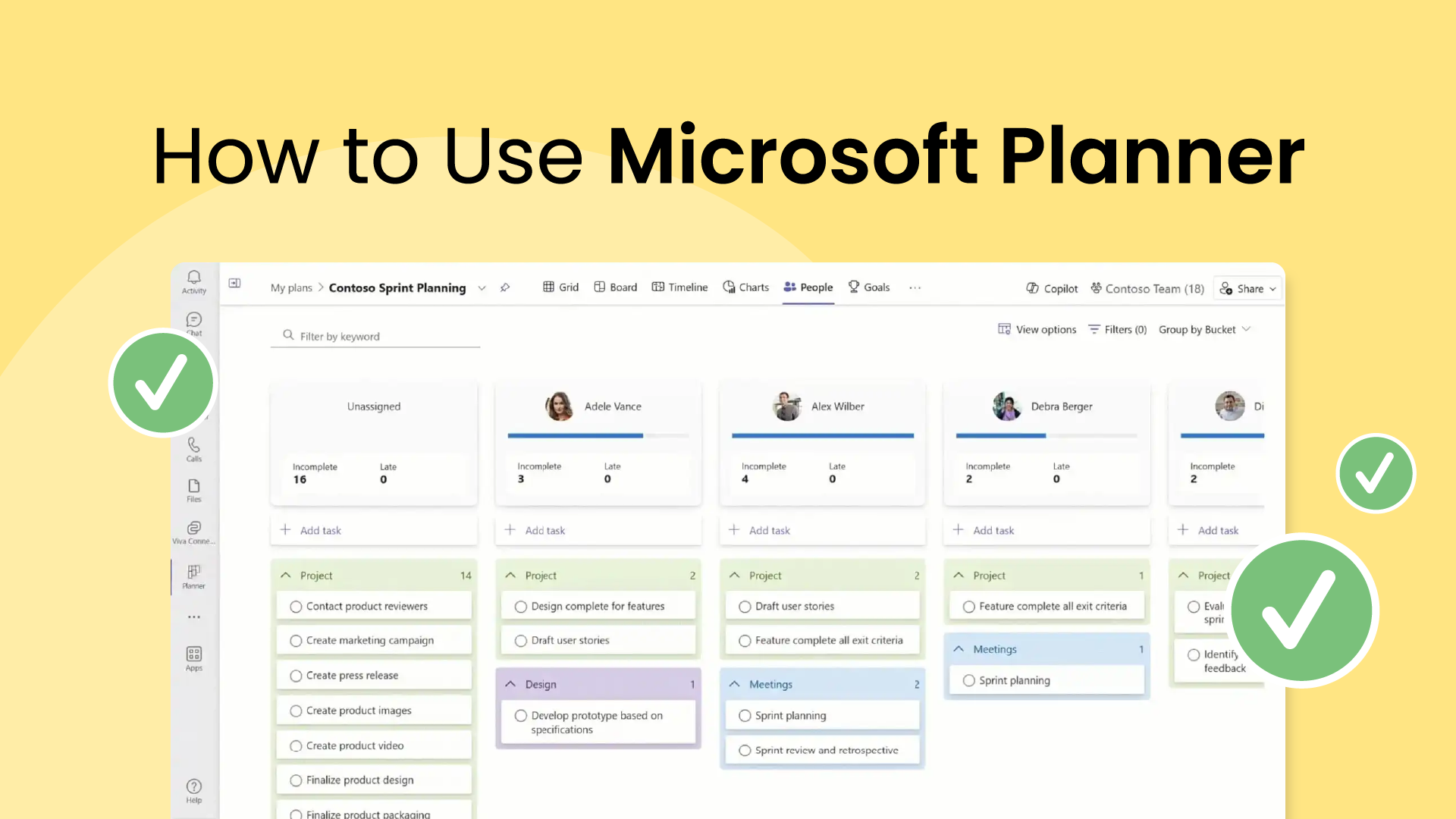What is Kanban?
Kanban is an agile project management method that for visualizing your work across a board, limiting work in progress, and optimizing your flow and efficiency. It originated in Japan and was developed by Taiichi Ohno, an industrial engineer at Toyota, in the late 1940s as part of the Toyota Production System. The term "Kanban" comes from Japanese and roughly translates to "signboard" or "visual card."
In its simplest form, Kanban uses cards or visual signals to represent work items as they move through different process stages. A Kanban board typically divides the development process into stages like "Backlog," "In Progress," and "Done."
The Kanban method works on a few core principles:
- Visualize your workflow
- Work items as Kanban cards
- Work-in-Progress (WIP) limits
How Kanban works
Even though it was originally developed by Toyota to improve its manufacturing process, Kanban has since been adapted across every industry type, including software development, project management, and personal productivity.
Here's how Kanban systems typically work:
1. Visualizing the workflow
Kanban uses a visual board divided into columns representing different stages of the workflow. Each column represents a step in the process, such as "To Do," "In Progress," and "Done." Tasks are represented with cards which are moved across the board as they progress through the Kanban process.
2. Limiting Work in Progress (WIP)
One of the core principles of Kanban is limiting the number of tasks or items that can be worked on simultaneously in each stage of the workflow — the idea being that this will help prevent bottlenecks.
3. Managing flow
The goal of Kanban is to optimize the flow of work through the system so that work moves steadily and efficiently from start to finish. Team members pull tasks from the backlog into the "In Progress" column only when they have the capacity to work on them based on the WIP limits.
4. Continuous improvement
Kanban encourages continuous improvement through regular review and refinement of the workflow. Teams analyze metrics such as cycle time (the time it takes for a task to move from start to finish) and throughput (the number of tasks completed over a given period) to identify areas for improvement.
5. Feedback loops
Kanban requires teams to implement feedback loops to adapt and improve the process. Team members collaborate to identify problems, experiment with solutions, and adjust as needed to optimize workflow and productivity.
6. Explicit policies
Kanban relies on explicit policies and rules to govern how work is managed and how decisions are made. These policies are agreed upon by the team and provide clarity and consistency in how work is prioritized, executed, and delivered.
7. Continuous delivery
Kanban aims to achieve a state of continuous delivery, where work items are completed and delivered to the customer or the next stage of the process as soon as they are ready. This helps minimize lead time and increase customer satisfaction.
The benefits of Kanban
Using a Kanban system offers several benefits for teams and organizations:
- Increased visibility: Kanban boards give everyone a real-time picture of work in progress. You can quickly see what's being worked on, who's doing what, and potential bottlenecks that need to be addressed.
- Improved flow & efficiency: The WIP limits in Kanban force teams to focus on completing tasks instead of starting many things at once. This focus, along with the ability to visualize bottlenecks, promotes smooth workflow and greater efficiency.
- Reduced waste: By highlighting inefficiencies and overloaded team members, Kanban helps identify and eliminate wasted time, effort, and resources.
- Enhanced focus: Kanban keeps teams focused on the most important tasks. This leads to a higher completion rate of valuable work.
- Greater adaptability: Unlike rigid project management methodologies, Kanban can easily change as your team's priorities and workflows evolve. This makes it ideal for dynamic or fast-paced environments.
- Continuous improvement: Kanban encourages a culture of continuous improvement. The visual board and regular team discussions help pinpoint areas where processes can be further refined.
- Better collaboration: The visual nature of Kanban boards makes it easy for everyone to be on the same page, promoting better communication and collaboration within teams.
The challenges of Kanban
Like any other project management methodology, Kanban has its own set of challenges and drawbacks. Here are some key challenges to be aware of when implementing it:
- Resistance to change: Some team members may be hesitant to adopt new processes, especially if they're comfortable with traditional ways of working. Successfully implementing Kanban might require careful change management and getting everyone on board.
- Initial setup & fine-tuning: Setting up the initial Kanban board and defining effective WIP limits can take time and experimentation. Teams need to be willing to refine their process as they learn what works best for them.
- Overly complex boards: If not carefully managed, Kanban boards can become cluttered and confusing. Always keep the board focused on critical workflows and information to maintain clarity for your team.
- Limited long-term planning: Kanban primarily focuses on managing the current workflow. It might not be the best tool for complex, long-term strategic planning that extends far into the future.
- Requires discipline: The success of Kanban relies on the team's discipline to follow the system, respect WIP limits, and engage in continuous improvement. Without consistent adherence, the benefits of Kanban practices may not be fully realized.
- Dependence on visualization: The visual nature of Kanban is a strength, but it can also be a limitation if team members find it difficult to manage information visually, or if remote collaboration tools don't support Kanban boards well.
Best practices for implementing Kanban
Here are some best practices to provide a smooth and successful Kanban implementation:
1. Start simple
Begin with a few core columns like "To Do", "In Progress", and "Done". You can always add more complexity as your team becomes comfortable with the system.
Initially, map out your most essential or frequently used workflows on your Kanban board.
2. Visualize your work
Clearly define cards and make sure each has enough information to understand the task, its priority, who's responsible, and any relevant deadlines. You can also use color coding or labels to visually categorize work types or priorities.
3. Limit work-in-progress
Begin with lower, more conservative WIP limits in each column and gradually adjust as you understand your team's capacity. Forcing focus will highlight bottlenecks more clearly.
4. Encourage collaboration & transparency
Hold short daily standups at the board to identify blocked tasks, discuss progress, and plan for the day. Encourage team members to take responsibility for and ownership of moving their tasks through the workflow.
5. Refine, reflect, & improve
Hold regular retrospectives to reflect on what's working well with Kanban, and what could be improved. Track metrics like cycle time (how long tasks take to move from start to finish) and throughput (tasks completed in a given time) to identify trends.
6. Choose the right tool
Select a Kanban tool (physical or digital) that offers flexibility for your needs and allows for easy updates and collaboration. You can use a physical Kanban board with sticky notes or electronic Kanban systems such as ClickUp, Asana, or Trello to visually represent workflows, assign tasks, and facilitate communication within your team. Tools like Reclaim.ai can further support the Kanban process by helping teams automatically find and defend the time needed to actually complete their tasks.



















